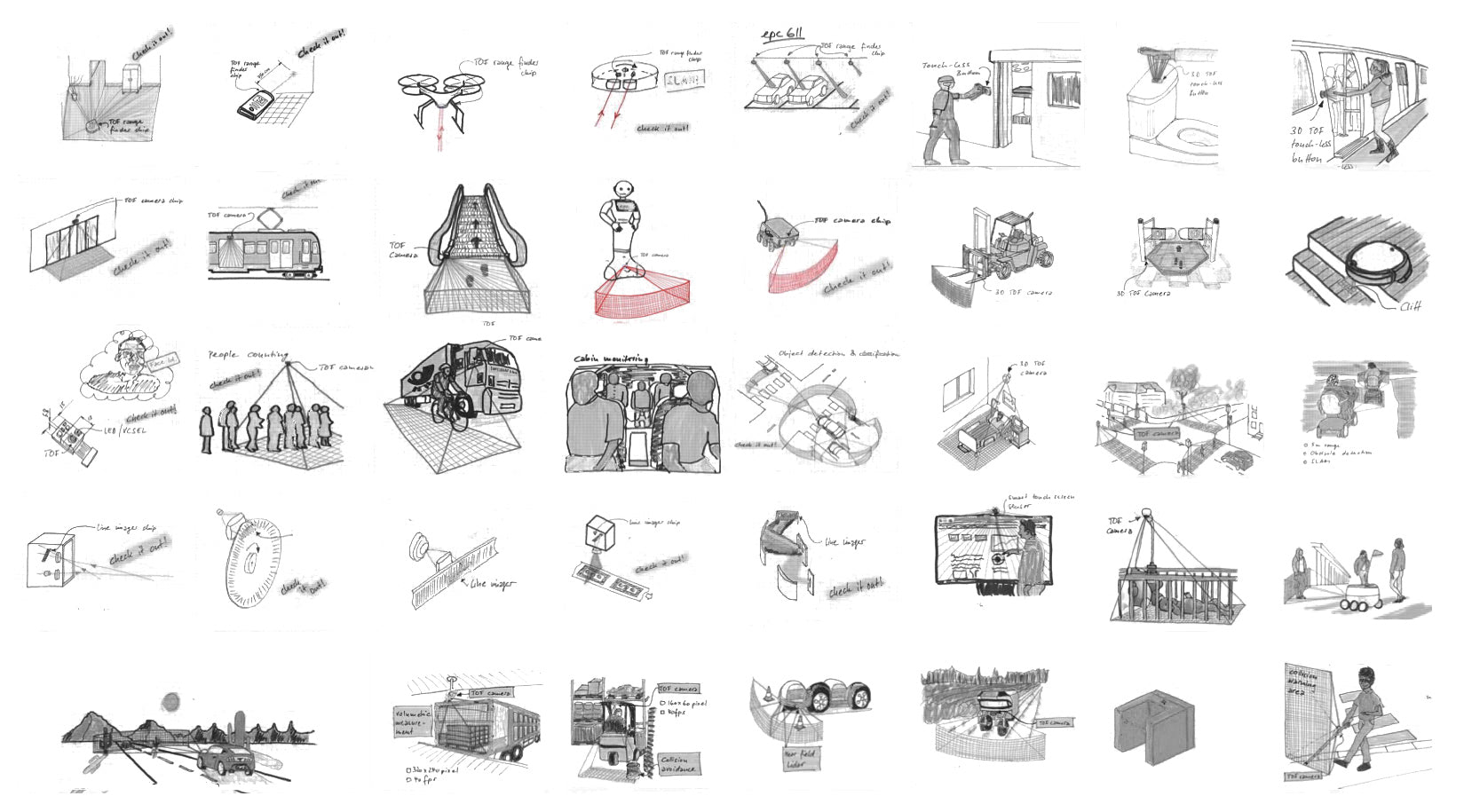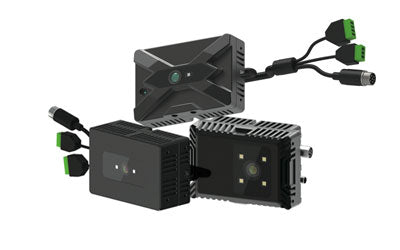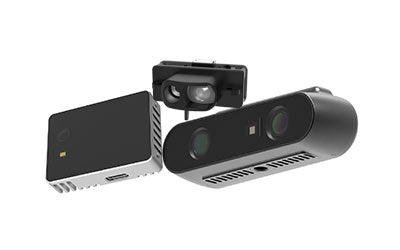Exploring the physics behind TOF sensor technology

Time-of-flight (TOF) sensors are based on the principles of optical ranging, which involves measuring the time it takes for a light pulse to travel from a source to an object and back to the detector. Understanding the physics behind TOF sensor technology can help us appreciate the intricacies of this powerful technology and its wide range of applications.


The Basic Physics of TOF Sensors
TOF sensors work by emitting a light pulse from a source, which travels through the air or another medium to an object. When the pulse reaches the object, it is reflected back towards the detector. The detector then measures the time it takes for the pulse to travel from the source to the object and back to the detector.
The distance between the sensor and the object can be calculated using the formula d = c * t / 2, where d is the distance, c is the speed of light, and t is the time it takes for the pulse to travel from the source to the object and back to the detector.
The accuracy of the measurement depends on the precision of the timing measurement, which is typically in the range of picoseconds. The speed of light is also affected by the medium through which it travels, such as air or water. This means that TOF sensors must be calibrated for different mediums to ensure accurate measurements.
Applications of TOF Sensor Technology

TOF sensor technology has a wide range of applications, from distance measurement and object detection to robotics and 3D imaging. Some of the common applications of TOF sensors include:
-
Distance Measurement: TOF sensors are commonly used to measure the distance between objects, such as in parking sensors or level detection systems.
-
Object Detection: TOF sensors can detect the presence of objects in their field of view and trigger an alarm or other action.
-
Robotics: TOF sensors are used in robotics to provide accurate distance measurements and enable robots to navigate their environment.
-
3D Imaging: TOF sensors can be used to create 3D images of objects or environments by measuring the distance to multiple points on the object or surface.
Challenges in TOF Sensor Technology
TOF sensors face several challenges, including interference from ambient light sources, reflections, and scattering. This can affect the accuracy and reliability of the measurement, particularly in outdoor or noisy environments.
To overcome these challenges, TOF sensors must be designed to filter out unwanted signals and optimize the signal-to-noise ratio. This requires advanced algorithms and signal processing techniques, which can be computationally intensive.

Conclusion
TOF sensor technology is a powerful and versatile technology that is based on the principles of optical ranging. By understanding the physics behind TOF sensor technology, we can appreciate the intricacies of this technology and its wide range of applications. TOF sensors face several challenges, including interference from ambient light sources and scattering, but advances in signal processing and algorithm design are helping to overcome these challenges and make TOF sensor technology even more powerful and accurate.
Applicable products:CS20, CS30 , CS20-P, CS40,CS40p
Our professional technical team specializing in 3D camera ranging is ready to assist you at any time. Whether you encounter any issues with your TOF camera after purchase or need clarification on TOF technology, feel free to contact us anytime. We are committed to providing high-quality technical after-sales service and user experience, ensuring your peace of mind in both shopping and using our products.
-
Posted in
Tof sensor



